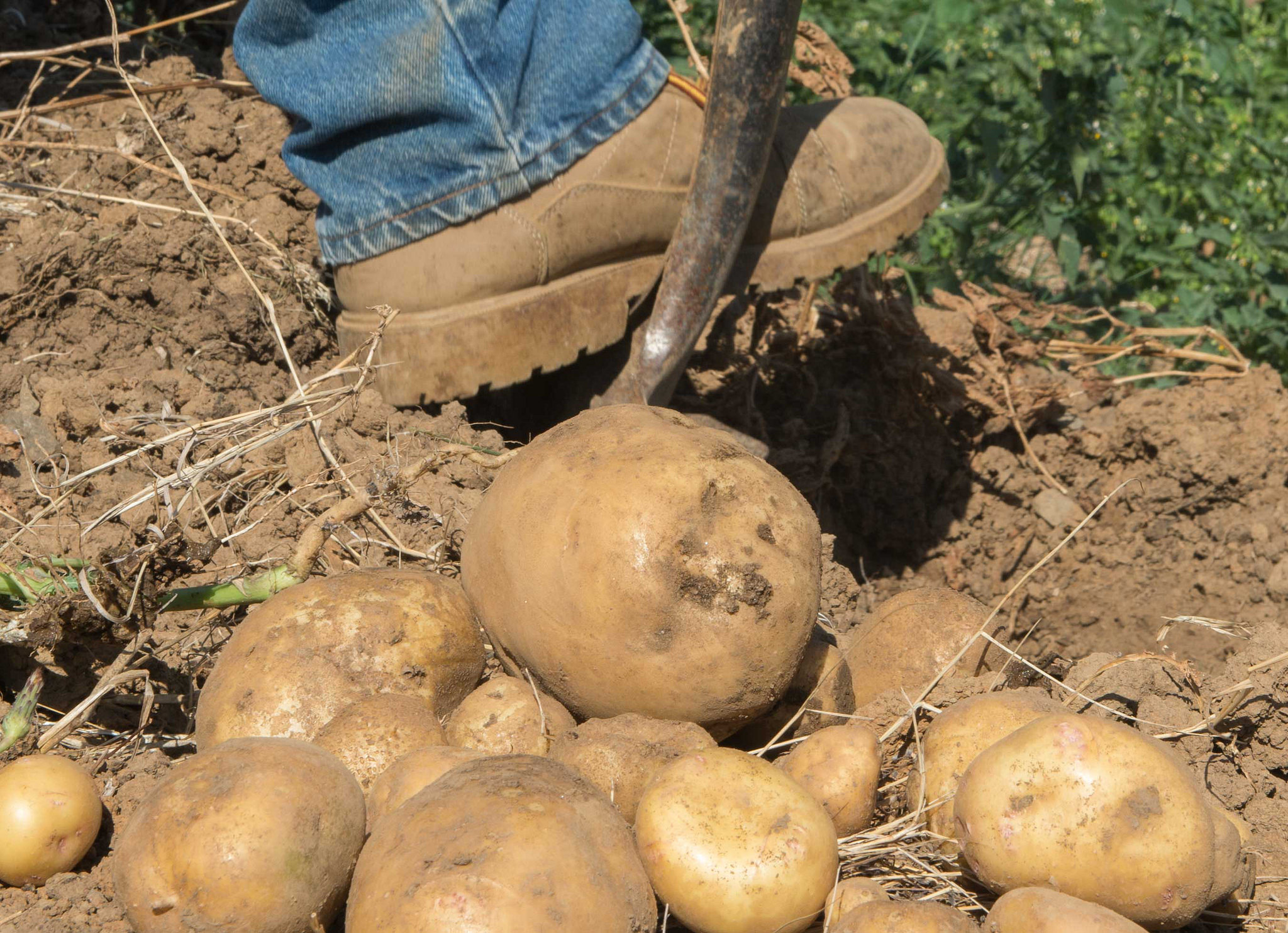Don’t hang up your gardening tools just yet. There’s still plenty to do.
“It’s easy to forget gardening as we transition into fall, but work you do now will save you work next year,” said Weston Miller, a horticulturist with Oregon State University Extension Service. “For example, add compost and lime to the vegetable garden, cover with coffee sacks and the worms will go crazy and the soil will be great next year.”
While you’re thinking about the soil, turn your mind to mulch. Spreading carbon-rich woody mulches in landscapes now will protect the soil from compaction and minimize weeds. And speaking of weeds, as the current mulch started to break down, you might have noticed some new, little weeds moving in. Those are winter annuals, Miller said, and include chickweed, dead nettle, cardimine and speedwell.
“They’ll be green and they’ll be small,” he noted. “Use a scuffle hoe and put mulch on top. Or put newspaper or cardboard and a woody mulch and you’ll smother them.”
If a new vegetable or flower bed is in your future, start now and the bed will be ready to plant in spring. Choose one of two ways. You can chip away the grass, dig in some compost and lime and cover it for winter. Or, scalp the grass with a weed whacker, add a little nitrogen fertilizer, cover with a thick layer of newspaper (no pages with color) or cardboard and enough compost to keep it from blowing away. Come spring, dig in the newspaper or cardboard and plant. Make sure to add fertilizer next spring.
While spring is the traditional season for planting, fall is a good time, too, Miller said. It’s not super hot so you won’t have to water a lot. The soil is warm so plants have more time to get their roots established. In spring, the soil is cold and people can forget to water when the rains subside.
It’s also a good time to transplant plants that need to be moved. Choose an appropriate place for relocating by thinking about sun exposure and the size of the plant at maturity. It’s best to plant it in the right spot and not have to transplant it later.
Be careful about trying to move established plants. Soil is very heavy and it is difficult to dig and move large rootballs. Consider hiring a professional landscaper with the right equipment if you think you need to move an established tree or shrub.
For transplanting smaller plants, dig the hole twice as big as the estimated rootball of the plant to be moved. The rootball is approximately the same diameter of the plant above ground. Prune the plant if desired and then, using a sharp spade go around the outside and score the roots. Get as many roots as possible. Pop it out, put it on a tarp and drag it to the new location. Plant it at the same depth as the top of the soil. Don’t plant it too deep. Water in and apply mulch.
Whether to cut back perennials now or in the spring is up to you, but birds and other wildlife will thank you if you leave them up. Besides, Miller noted, the garden will be less interesting if everything is cut back.
Other jobs to do now:
Clean, sharpen and oil tools, including lawn mowers, edgers and weed whackers.
Harvest and store squash and pumpkins.
Build a cold frame and plant cool-weather vegetables like arugula, mache, mustards, radishes and turnips.
Bring in houseplants, fuchsias, geraniums, dahlias and begonias.
Rake leaves into vegetable and flower beds.
Flush out irrigation systems and turn off. Cover faucets to protect from freezing.
Apply fertilizer to lawn for the last time this season.

